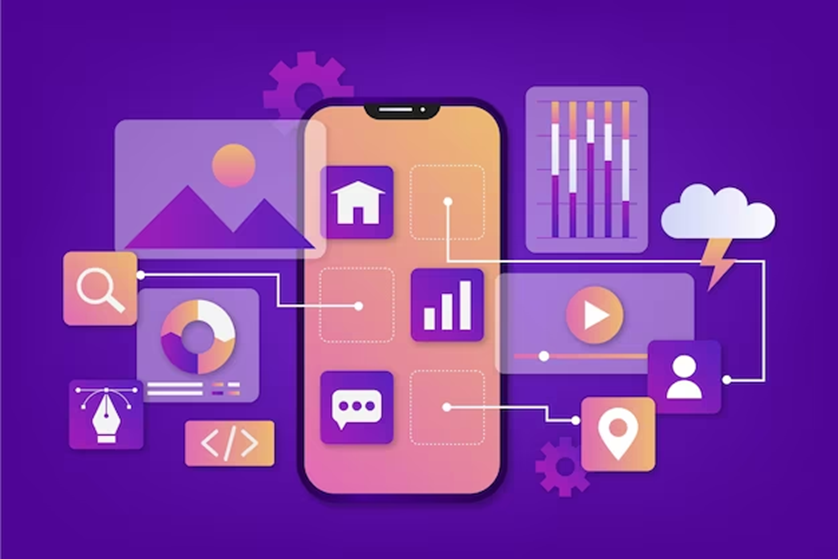The mobile application market is almost fifteen years old, but it is still growing quickly. Companies’ demand for the production of mobile apps is always increasing and continues to greatly exceed supply, resulting in a constant increase in development costs. One of the solutions to reduce the cost of this process is cross platform mobile app development services, when the same program code is used on all platforms.
Cross-platform applications
When developing cross-platform applications, one code is written for iOS and Android at once. To do this, developers use cross-platform frameworks. The two most popular are React Native and Flutter. Cross-platform applications have a common interface – all service screens are the same on both operating systems. Designers don’t need to create two versions of a product. Examples of cross-platform applications: are Mattermost, and Skype.
Pros of cross-platform applications
- The project cost is lower. Requires just one team of mobile developers who write less code. Designers do not need to create separate versions of the interface for iOS and Android.
- Faster time to market because it takes less time to create a product.
- It’s cheaper to fix bugs and add new features thanks to a single application code base.
- Using plugins, you can implement any functionality, including an AI-based voice assistant or a virtual fitting room.
- In terms of performance and development capabilities, cross-platform applications on Flutter are not inferior to native ones.
Cons of cross-platform applications
- To implement some functions, the developer will have to separately write a piece of native code and embed it into the application. To be fair, most often this is not required.
- React Native and Flutter are third-party Open Source solutions. They may contain bugs.
A cross-platform app is best suited if you:
- Want to quickly launch an MVP to the market and test a hypothesis?
- Do you want to transfer the mobile version of your website to an application at a minimal cost?
- The speed of development and the budget for launching the application are important to you.
A native app is more suitable if:
- You already have a team of developers who write in native languages, and you are not ready to look for new specialists.
- You want a high-tech project, for example, a streaming platform or instant messenger.
- All this can be implemented cross-platform, but there are more libraries in native development.
Platforms and tools for cross-platform mobile development
Before choosing a technology, you need to determine the goals of the project. This determines which path the product will take and how it will develop. There are four main directions with which you can implement a mobile application:
- Designer or boxed product. Using a set of standard features, you can create a minimum working prototype (MVP). This option is suitable for startups or testing product hypotheses, but it will not be flexible and cannot be customized to the needs of a specific company.
- PWA (Progressive Web App) is a progressive web application. It completely repeats the functionality of a regular one, but its core is the website. Frameworks are used to create.
- React and Angular. A PWA application can be a solution if your application has been removed from stores. Some of our bank clients took advantage of this option.
- Native development for Android and iOS. In this case, you need to write two code bases for two operating systems. For Android – in the Kotlin programming language, and for iOS – in Swift.
Cross-platform development is the creation of an application on a single code base for two operating systems at once, using ready-made libraries and components. For such development, universal frameworks are used: Flutter, React Native, Apache Cordova, Ionic, and others.
Conclusion
Cross-platform development is not inferior to native development, but it is cheaper and speeds up the launch of the product on the market. Using Flutter, you can develop a fast application with any functionality, including those based on artificial intelligence and augmented reality. Games, banks, and marketplaces are already being written using cross-platform frameworks. Also, such solutions can be easily expanded into super apps and other mobile ecosystems







